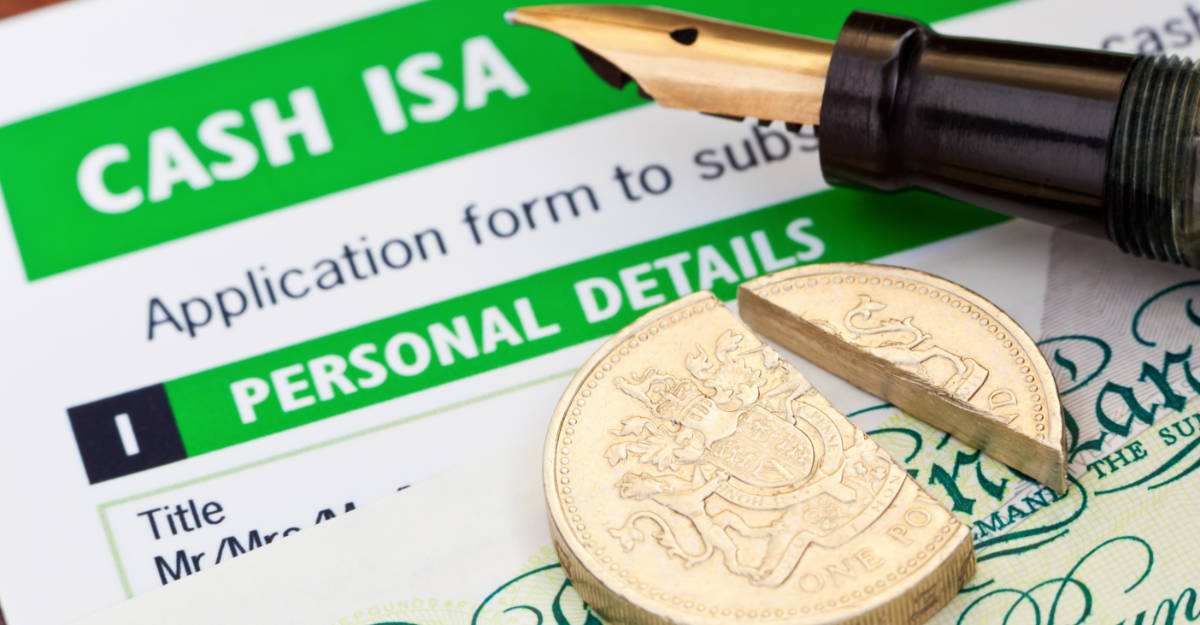- Find out about ISAs – including your ISA allowance, when to open an ISA and why put money in.
- Tips and advice on different types of ISA, including cash ISAs and stocks and shares ISAs.
- How to switch and transfer your ISA between providers and different types of ISA.
For many people, an ISA (individual savings account) is the first port of call to put aside spare cash for the medium- to long-term, thanks to its tax-free status.
There are various types of ISAs available, as well as rules on the amount of money you can save in an ISA – known as an ISA allowance – and how to move cash between accounts. But if you’re looking to grow your money over the long term, the tax-efficiency of an ISA makes it a good choice.
To help you make the most of tax-free saving and investing with an ISA, we’ve tackled common questions such as how many ISAs you can have and what your ISA allowance is, debunking a few ISA myths along the way.
Looking to build a nest egg for your grandkids? Learn more about how to save for grandchildren with our expert money guide.
1. Why should I put money into an ISA?
The main attraction of ISAs is that they are tax-free. There is no income tax to pay on the interest earned on cash ISAs. There is no capital gains tax to pay on the investment gains made by stocks and shares ISAs, either. At the same time, there is no extra tax to pay on share dividends or interest payments made by corporate or government bonds. There is no downside to using an ISA rather than a standard type of savings or investment account.
2. Aren’t stock and shares ISAs just for seasoned investors?
It’s a common myth that stocks and shares ISAs are only suitable for those with large sums of money to invest and who follow the stock market. The reality is that you can start investing in a stocks and shares ISA with a modest amount. You don’t need to be a stock market expert either, as some stocks and shares ISAs are actively managed.
3. How much is my ISA allowance?
There’s a limit to how much you can save or invest in an ISA in a tax year, which runs from April 6 to April 5. This is referred to as your annual ISA allowance, and for the current tax year, this stands at £20,000.
4. It’s not worth opening an ISA at the end of the tax year
That’s not the case. Even if you leave it until the last minute to open an account, it’s still worth using your full ISA allowance each year. Any portion of your £20,000 ISA allowance unused at the end of the tax year on April 5 is lost. An ISA allowance cannot be rolled over to the next year to give you a larger amount to use.
That said, while you can open an ISA at any point during the tax year, the earlier you do so, the better. By investing your money at the beginning of the year, you’ll benefit from an entire year’s compounding interest or investment returns.
5. Is it worth investing in an ISA if interest rates are low?
Over recent years, the interest paid on savings accounts, including cash ISAs has fallen to near record lows. Low levels of interest mean that the benefit of not having to pay income tax on this interest is not as great as it has been in the past.
However, bear in mind that the money you put into a cash or stocks and shares ISA today will be tax-free forever. Any interest or investment gains that your capital generates in five, 10 or even 20 years will not be taxed. As your ISA holdings grow – and perhaps as interest rates rise or investment gains increase – the potential tax savings will also become more substantial.
6. Can I switch ISAs?
You can transfer your money from one ISA to another at any point, such as moving from a low-interest cash ISA to a stocks and shares ISA. The annual £20,000 limit on paying into an ISA only applies to money that you are saving or investing in an ISA for the first time. It is possible to transfer previous years’ ISA money effectively without limit, and you can move between different types of ISA.
The key to a successful transfer is asking the provider of your new ISA to handle the admin. If you withdraw cash from an existing ISA to put it in a new account, this will be treated as new money. This will count towards – and possibly even exceed – your £20,000 annual limit.
7. What type of ISAs are available?
Alongside cash ISAs and stocks and shares ISAs, several new ISAs have been introduced in recent years.
- Junior ISA. This was launched as a long-term savings vehicle for children. Up to £4,260 can be put into a Junior ISA in 2018-19 (this rises to £4,368 in 2019-2020), and the money is locked in the account until the holder turns 18.
- The Innovative Finance ISA. This provides a tax-free home for loans advanced through online peer-to-peer lending platforms. These accounts mean that the interest payments received from borrowers are free of tax.
- Help to Buy ISAs. These are designed to help people who are saving to buy their first home. As well as tax-free interest, holders are eligible to government bonus payments. However, the annual limit for contributions is much lower than with regular ISAs. Help to Buy ISAs are being phased out in November 2019.
- Lifetime ISA. This is an account aimed at people aimed between 18 and 40. It carries an incentive in the form of government top-up payments to either save for a deposit on a first home or to supplement retirement income.
The annual Lifetime ISA limit currently stands at £4,000 – and this counts towards the overall £20,000 allowance.
8. How many ISAs can I have and does this affect my ISA allowance?
You can hold more than one type of ISA in a tax year providing you don’t exceed your £20,000 allowance. Your money can be spread among different types of ISA. For example, you can put £10,000 in a cash ISA and another £10,000 in a stocks and shares ISA in the current tax year.
However, you cannot open multiple ISAs of the same type in any one tax year. For example, you can only open a single stocks and shares ISA in any year. The number and type of ISAs you have set up in previous tax years will have no bearing on your ability to open any ISA in the current year.
If you open a Help to Buy ISA – a type of cash savings account – you won’t be able to open a cash ISA in the same year.
Looking to invest a cash windfall or inheritance? Read our guide for advice on where to invest a lump sum of money.



























































